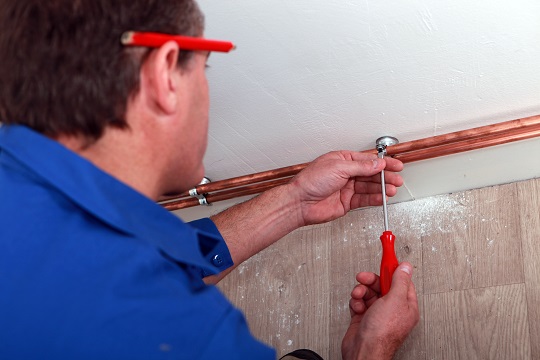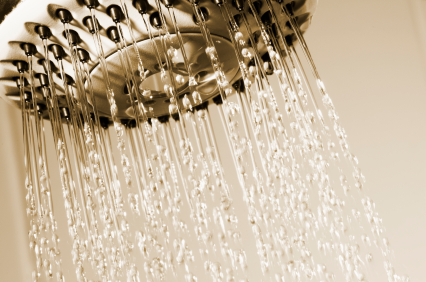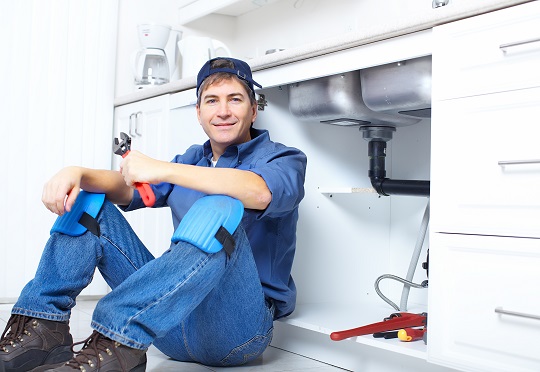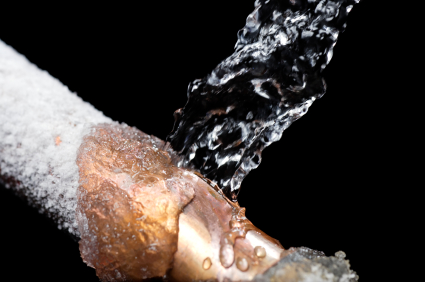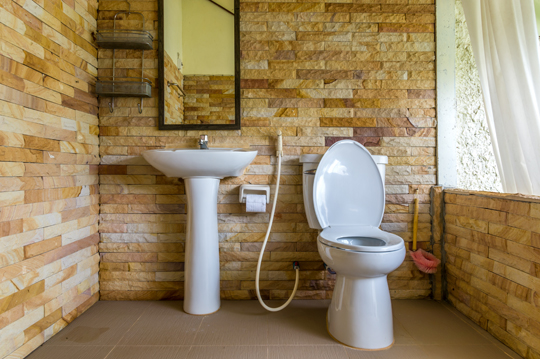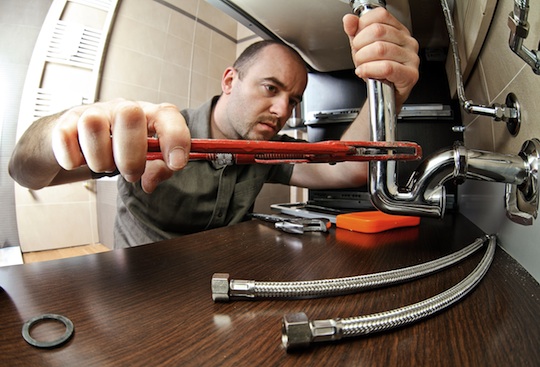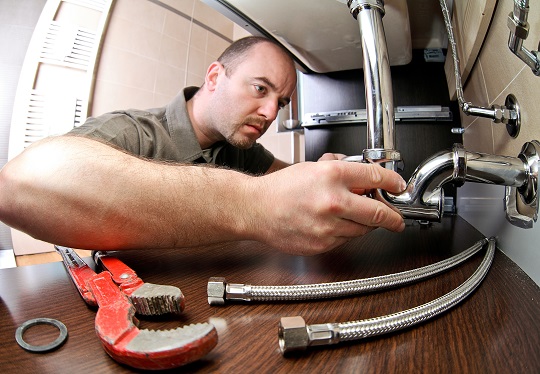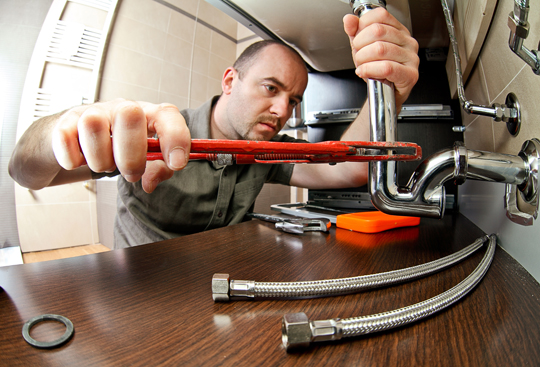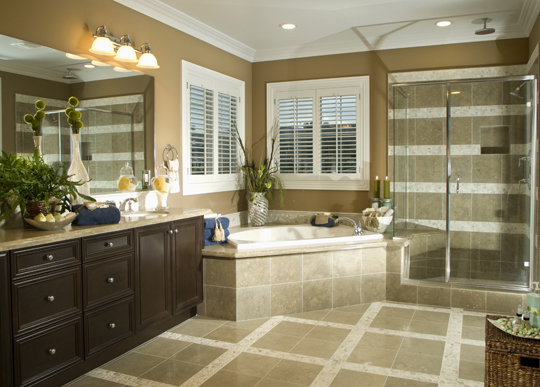On a hot day, it is mandatory to make the most of your new fridge with the water dispenser and extremely useful ice-maker. To do so, you must run a refrigerator water line.
Linking the water line to the backside of your fridge is a relatively simple task that requires only a few basic tools, and moderate plumbing skills. However, if you don’t have much faith in your DIY skills, it is better to consult a skilled plumber before putting theory into practice.
How to Run Water Line Refrigerators
Want to run a water line on your refrigerator? If so, start by gathering all the necessary tools and supplies, including a spade bit, a valve clamp, pipe thread sealant, Teflon tape, a water line kit, and an adjustable wrench. Once you collect all these tools, you can get started.
Follow a Few Simple Steps
1) Buy a braided, stainless steel water line, instead of similar elements made of plastic or copper, which are less resistant and less durable.
2) Identify the closest water source (which is usually the kitchen sink).
3) Move the fridge a bit to make enough room for yourself to be able to work comfortably; then drill a hole for your new refrigerator water line (through your floor or through a cabinet, depending on the location of your water source).
4) Link your water line to the backside of your fridge using Teflon tape and an adjustable wrench.
5) Link the refrigerator water line to your closest water source, by using a valve clamp.
6) Put your project to the test by turning on the water, tighten loose connections to address potential leaks.
Ask an Expert
These days, it is fairly simple to run a refrigerator water line, especially if you purchase an ice-maker kit that comes with a high-quality pipe and a supply valve.
If you want to minimize leak risks and lift this massive weight off your shoulders, just contact a competent plumber operating in your area. Find the best one with TalkLocal, your number one connection to the best professionals in your area.

